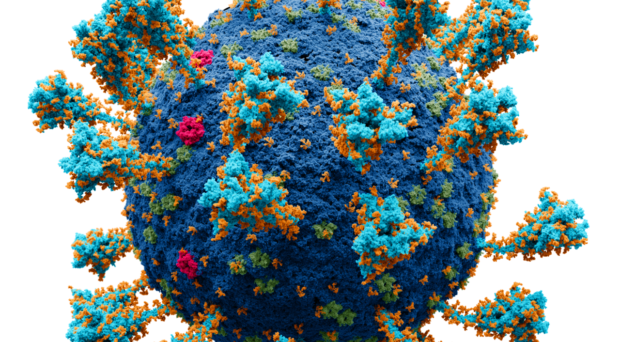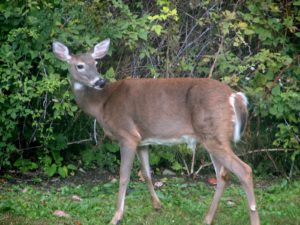
The World Health Organisation regards a zoonosis as “any disease or infection that is naturally transmissible from vertebrate animals to humans”.
Parasitologists will be familiar with examples of human parasites that share hosts with domestic or wild animals, and can be transmitted to humans through food, water, direct contact, or the environment. A reverse zoonosis is when humans transmit a disease to animals.
As the COVID-19 pandemic continues and we increase our knowledge of the biology of SARS-CoV-2, concern is being raised that it could become a zoonosis. Is there any evidence that this could happen? The first step in this process would be the ability of the virus to spread to other animals. This has already happened.
COVID-19 cases have been confirmed in a variety of domestic and wild animals, For example, cats were found to be permissive to infection, as were dogs, and hamsters have been shown to be a good animal model for COVID-19 infections. Human to animal transmission has also been detected in tigers and lions at the Bronx Zoo, New York City and two hippopotamuses at Antwerp Zoo, Belgium, were found to be infected. In these cases, very close proximity of humans to the infected animals had taken place. The question that now arises is whether the virus could infiltrate truly wild populations of mammals.
One group of concern has been the cervids as their angiotensin-converting enzyme 2 (ACE-2), the SARS-CoV-2 spike protein receptor, is very similar to that of humans. In addition, they are social animals, allowing infection to spread to other members of a herd.
Wild white-tailed deer populations
White-tailed deer (Odocoileus virginianus) are widespread throughout most of the USA.

Although hunted, conservation practices and a reduction in the number of non-human predators has resulted in high population densities and encroachment on suburban areas. In addition to hunting, wild herds come in to contact with humans via conservation work, field research, wildlife rehabilitation, wildlife tourism and supplemental feeding.
Earlier this year, experimental infection of white-tailed deer resulted in subclinical infections, the formation of neutralising antibodies, shedding of infectious virus and transmission to other deer. The question now was, has SARS-CoV-2 already spread to wild populations of deer?
A recent study, published in the Proceeding of the National Academy of Sciences, has now reported that this is so. Natural human-transmission to wild white-tailed deer has already happened.
The SARS-CoV-2 survey
In order to determine whether wild white-tailed deer had suffered from COVID-19 infections, pre- and early pandemic (2011-2020, n = 239) and late-pandemic samples (January – March 2021, n = 385) of serum were taken from deer populations in four different states in the USA. They were examined for the presence of neutralising antibodies to SARS-CoV-2. Samples were taken as part of ongoing wildlife surveys.
In order to eliminate possible cross-reactivity with other human or animal coronaviruses a surrogate virus neutralising test (sVNT) was performed on a subset of samples.
Samples collected between 2011 and 2018 were all negative. One sample from 2019 tested positive, but the sVNT test showed a mismatch. Three samples from 2020 tested positive with no mismatch.
The situation changed dramatically when samples taken in 2021 were examined, as 40% (152 samples) were antibody positive, with no mismatches. The highest seroprevalence was found in Michigan. Positive samples were highly clustered, which is suggestive of within-herd spread.

These findings confirm that COVID-19 infections had occurred in multiple white-tailed deer populations in 2020. Currently, the only feasible explanation is that SARS-CoV-2, the cause of the current pandemic, has spread from humans to wild deer populations.
The study thus demonstrated that reverse zoonosis is occurring.
Concerns
The development of a wildlife reservoir for SARS-CoV-2 is a cause for concern as the potential for strain evolution associated with novel hosts exists. This could create enhanced transmissibility and / or virulence. In addition, the possibility of cross-species transmission to other wildlife hosts needs to be considered. Of greater concern would be the occurrence of transmission of the virus back from deer to humans. Given the various points of contact between deer and humans this is feasible and would indeed confirm the disease as a zoonosis.

Comments